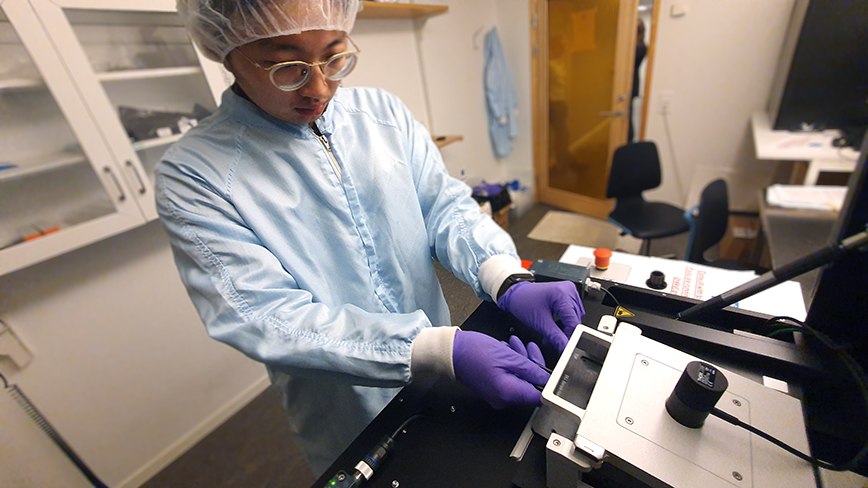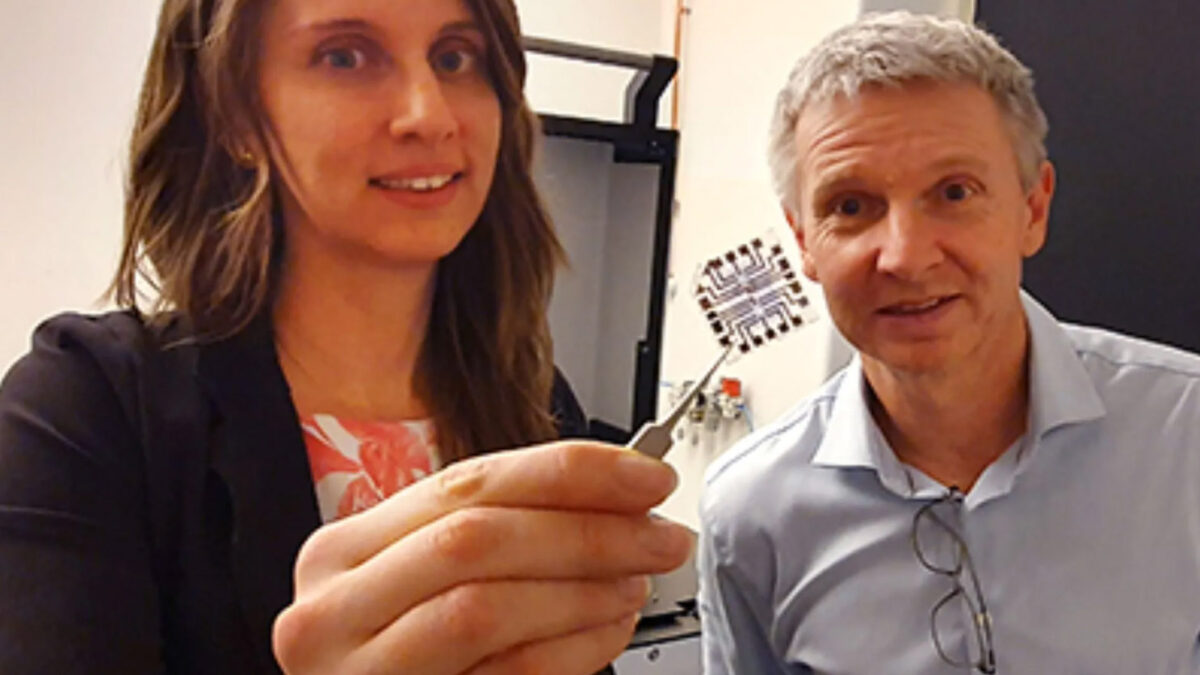Laser Printed Polymers: 3D Printing without Solvents

Researchers at the KTH Royal Institute of Technology and Stockholm University in Sweden have unlocked a game-changing potential in 3D printing technology.
By hacking into a 3D printer, they’ve transformed it into a versatile tool akin to a laser printer. It’s capable of printing various polymers without the need for solvents, chemicals, or stringent clean room conditions.
3D printing and additive manufacturing have revolutionized how objects are created, from intricate structures to complex components, without the constraints of traditional production methods. However, its reliance on specific chemicals and controlled environments has limited its application in certain industries, particularly aerospace and medical devices.
Simplifying Prototyping with Laser Polymer Printing
Traditional methods of printing polymers for flexible electronic devices have been hindered by the requirements of clean rooms and specialized inks, making rapid prototyping costly and time-consuming. Recognizing this bottleneck, researchers sought a more accessible solution to advance bioelectronic technologies.

Erica Zeglio, faculty researcher with Digital Futures, left, shows a finished transistor. At right is KTH Professor Frank Niklaus.
By leveraging ultrafast laser pulses, researchers bypassed the need for pristine environments, enabling swift prototyping of microscale devices critical for medical implants and wearable electronics. This breakthrough eliminates the time-consuming lift-off processes and environmentally harmful solvents associated with conventional 3D printing methods.
Applications and Advantages
The newfound approach not only accelerates prototyping but also paves the way for developing novel materials and enhancing existing ones. Moreover, it offers a sustainable alternative by eliminating the use of non-eco-friendly solvents and developer baths, making it a greener option for manufacturing.
“Current methods rely on expensive and unsustainable cleanroom practices,” Erica Zeglio, faculty researcher with Digital Futures says. “The method we proposed here doesn’t.”
With the potential to revolutionize soft electronic device manufacturing, this innovative 3D printing method promises broader accessibility and affordability in the production of advanced technologies. Finally, by bridging the gap between laboratory research and practical applications, it marks a significant step forward in the democratization of technology.
